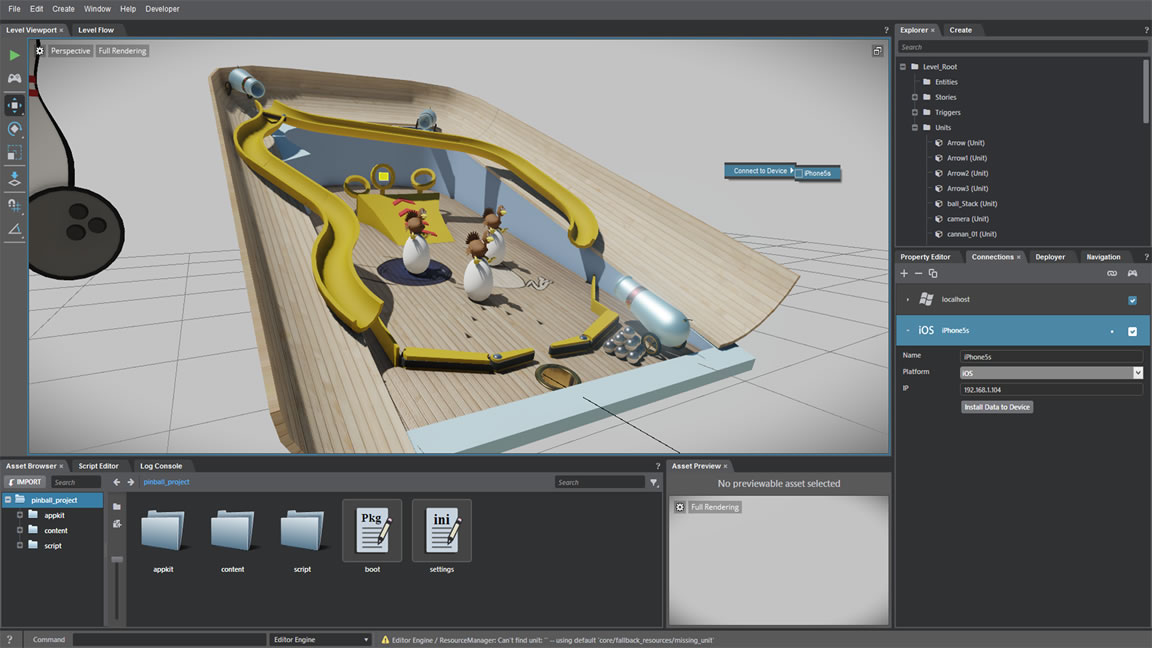As part of the GDC Europe 2015 in Cologne, Autodesk, known for such packages as 3D Max and Maya, demonstrated its game engine and announced its release date.

The novelty is called Stingray. This is a multiplatform solution based on the architecture of another engine – Bitsquid. The latter was acquired by Autodesk in 2014.
The main feature of Stingray is the implementation of cross-software integration with 3D Max and Maya, which are currently the most popular tools for creating three-dimensional models. Thanks to this, models can be sent directly from the editor to the engine editor without “dancing with a tambourine” and waiting for “surprises”.
This is also facilitated by the presence of the same shader editor in Stingray and Maya. Therefore, roughly speaking, some scenes can be prepared “turnkey” directly in Maya. And, importantly, the developer, in theory, when creating an object, will immediately see how it will look in the game. There will be no such thing: here the shader did not work like that, here the texture for some reason lay down differently.
However, another feature of Stingray will be important for mobile developers: the ability to track build changes in real time within a particular platform. In other words, by making any changes to the project in the engine, the developer will immediately be able to see them on his smartphone or console without filling in a new version of the build.
A fashionable “feature” of Stingray is the support of visual scripting, very close, as far as can be understood from the video, to what is in Unreal Engine 4.
Also, the engine has integrated tools that allow you to bypass the development, in fact, only Stingray:
- Beast – lighting setup tool
- HumanIK – a tool for creating realistic character animation
- Gameware Navigation – a tool for setting up AI and finding paths
- Scaleform Studio – UI creation tool (built on the basis of Flash)
- Wwise – a tool for creating and recording sound
There is not enough Photoshop for a complete picture, but I’m sure Autodesk will come up with something in the future.
The engine supports almost all platforms that are on the market: iOS, Android, Windows, Oculus Rift DevKit 2, PlayStation 4 and XboxOne.
As for the cost, then everything is not so tempting. Despite the fact that Stingray’s main competitors are free, Autodesk did not dare to give the package away for free. You will have to pay $30 per month for its use.
It will be possible to purchase Stingray very soon – on August 19.
Sources: news.autodesk.com, 80.lv, venturebeat.com





